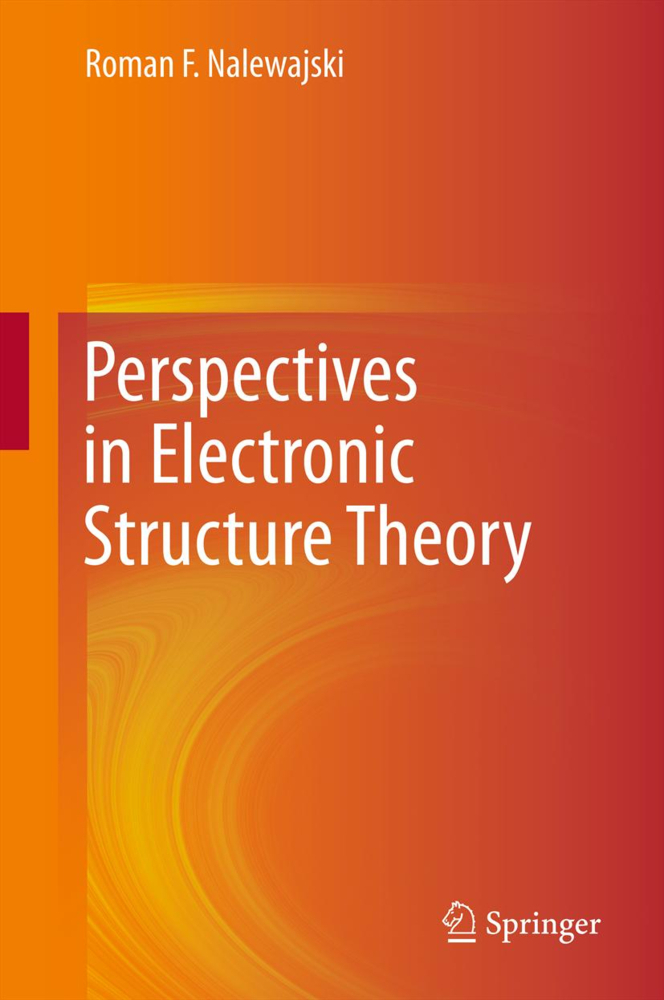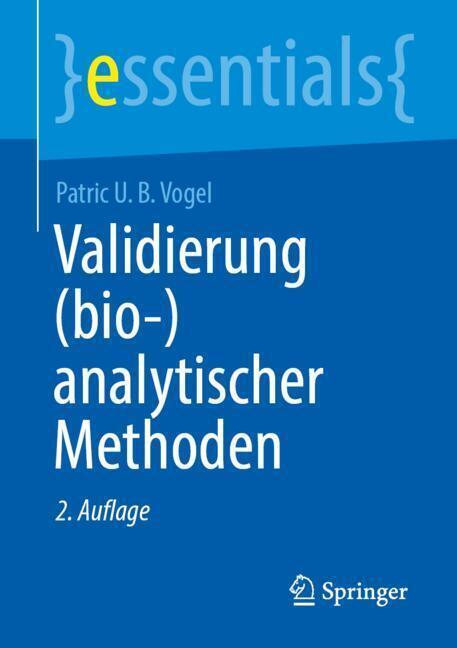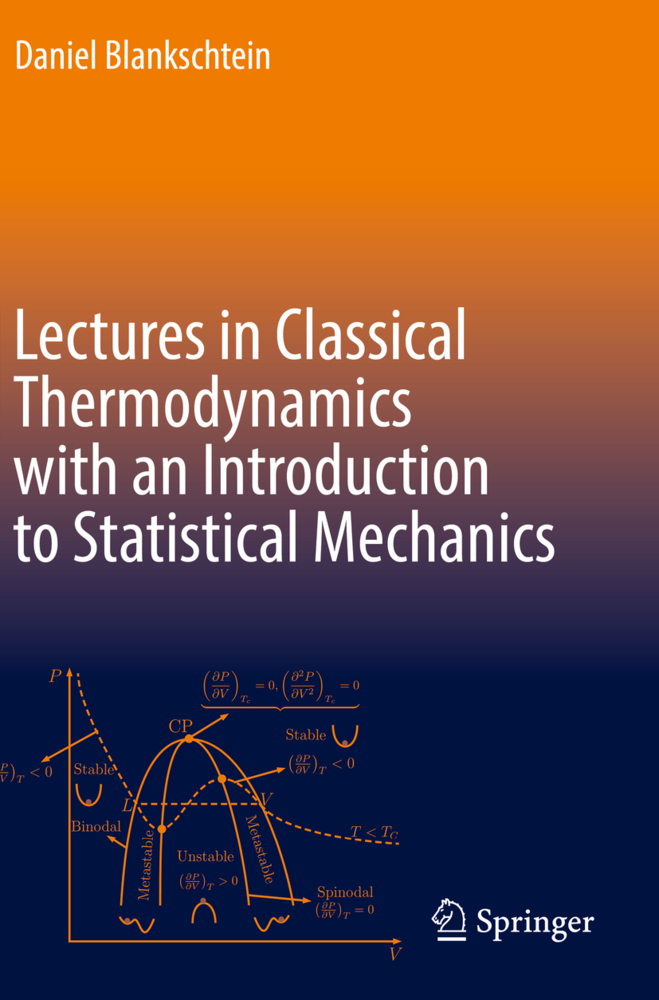Perspectives in Electronic Structure Theory
Sources
Mathematical apparatus
Basic concepts and axioms
Hydrogen-like atom
Approximating N-electron Schrödinger equation
Wave function methods
Density-Functional Theory
Bonded subsystems and chemical bonds
Concepts for chemical reactivity
Adiabatic coupling between electronic and geometric structures
Elements of information theory
Schrödinger equation as information principle
Electron probabilities as carriers of information in molecules
Bonded atoms from information theory
Molecular communication systems
Orbital communication theory of the chemical bond
"Thermodynamic" description.
Nalewajski, Roman F.
| ISBN | 978-3-642-20179-0 |
|---|---|
| Medientyp | Buch |
| Copyrightjahr | 2012 |
| Verlag | Springer, Berlin |
| Umfang | XX, 720 Seiten |
| Sprache | Englisch |











